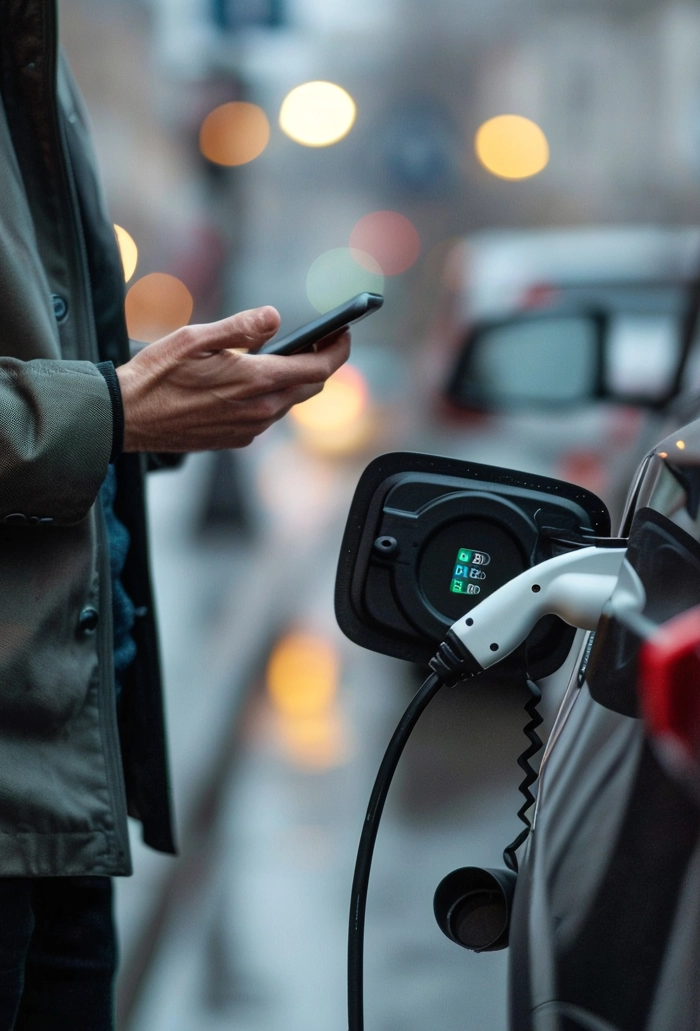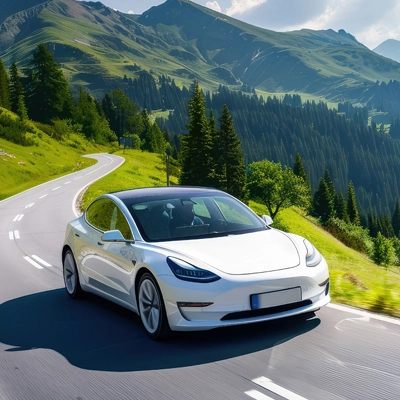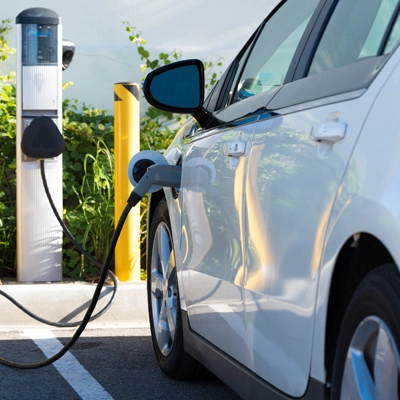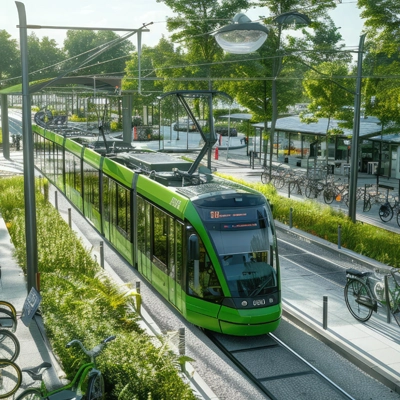Transforming automotive and mobility solutions for modern transportation
Buying a new car
Discover the essential criteria to consider before buying a new car, from on-board technologies to customization options, as well as the best times to get a good deal.
Buying used cars
Avoid unpleasant surprises with expert recommendations on vehicle inspection, document verification and tips for negotiating the best deal.
Model comparisons
Comparing various car models by analyzing their performance, fuel consumption, and assessing both the technical and economic aspects, including power, reliability, and maintenance costs.
Car financing
Solutions for financing your car purchase
There are many ways to finance the purchase of a car, depending on your budget and needs. A car loan is a common solution, allowing you to spread the payment over several months or years. Leasing (LOA or LLD) is an interesting alternative for those who prefer to use a vehicle without immediately owning it. Certain subsidies, such as the conversion bonus or dealer financing offers, can also reduce the cost of purchase. Finally, paying cash is still an advantageous option for avoiding interest charges, provided you have the necessary savings.

Smart city integration for transport networks
Advanced traffic management systems utilise artificial intelligence to optimise traffic flow and reduce congestion in metropolitan areas, incorporating real-time data from connected vehicles and infrastructure sensors.
Mobility-as-a-Service platforms combine various transport modes into unified subscription services, offering flexible access to public transport, bike-sharing, and car-sharing through single digital interfaces.

Car rental
Get started as a delivery driver: renting a car
Renting a car with HyreCar for delivery jobs is an excellent option for people who want to enter the fast-growing delivery sector without owning a vehicle suitable for the job. Whether delivering food, packages, or larger items, renting a car provides flexibility and cost-effectiveness, especially for those who need a vehicle temporarily or do not want the long-term commitment of ownership. Rental services offer a variety of vehicle options, including small cars for food delivery and larger vans for bulkier items, allowing drivers to choose the right vehicle for their needs. The cost of renting depends on factors such as the type of vehicle, rental duration, and location.
Additionally, many rental services provide maintenance and insurance coverage, reducing the burden on the driver. However, renting can come with challenges, such as additional costs for mileage, fuel, and potential restrictions on using the vehicle for business purposes. Despite these drawbacks, renting remains a practical solution for aspiring delivery drivers, offering an affordable and flexible entry into the industry without the need for a permanent vehicle investment.
Eco-Friendly Transport
Sustainable mobility

Eco-friendly electric vehicles
Environmentally-friendly electric vehicles represent the future of mobility and help to reduce the carbon footprint associated with travel. Powered by rechargeable batteries, these vehicles emit no greenhouse gases during use. What’s more, the rise of charging stations and battery innovations offer practical solutions for drivers concerned about their ecological impact.

Green and urban mobility
Green and urban mobility aims to integrate environmentally-friendly modes of transport into urban areas. It encourages the use of electric vehicles, shared bikes and eco-friendly public transport to reduce pollution and congestion in cities. The adoption of these solutions creates healthier urban environments while offering alternatives to traditional polluting transport.

Sustainable transportation solutions
Sustainable transportation solutions include a variety of technologies and practices aimed at reducing the ecological impact of travel. These include the use of electric, hybrid or hydrogen-powered vehicles, as well as the optimization of public transport networks and the promotion of car-sharing. These solutions contribute to greener mobility, by reducing CO2 emissions.
Car insurance
Protection and peace of mind on the road
Car insurance is an essential element for any vehicle owner, guaranteeing financial cover in the event of accident, theft or damage. It protects you against the risks associated with driving, by covering repairs, medical expenses or liability to third parties in the event of a claim. Depending on needs and circumstances, there are several types of car insurance policy: third-party liability, intermediate and comprehensive.
Each option offers a different level of coverage, and the choice depends on the age of the vehicle, the driver’s profile and the risks to which he or she is exposed. Car insurance is not only compulsory in many countries, it also provides peace of mind for drivers, enabling them to drive with peace of mind while complying with current regulations.